An artist returns: Joseph Holtzman’s works on show at LA’s Hammer Museum
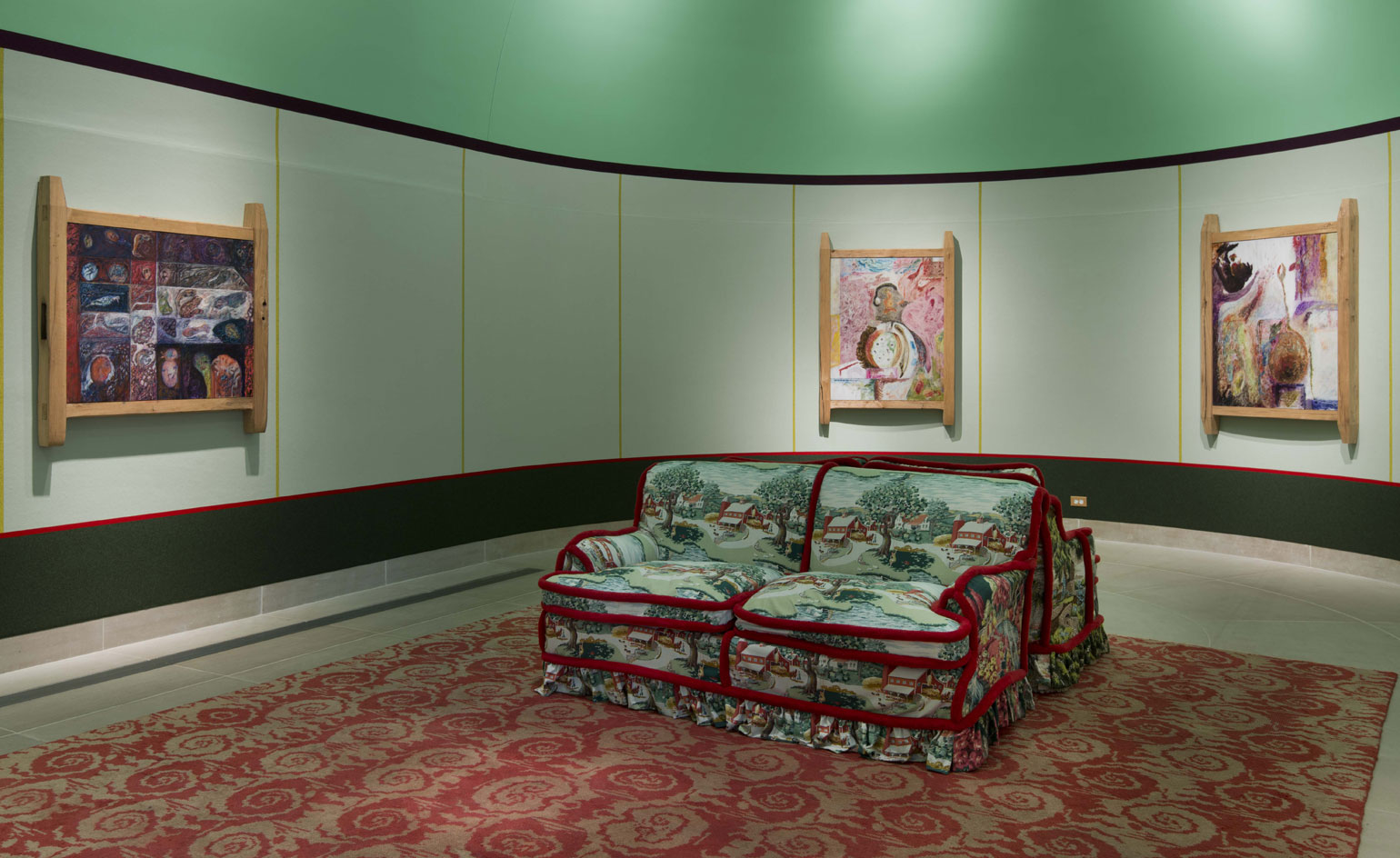
The Edward Larrabee Barnes-designed home of the Hammer Museum in Los Angeles is architecturally remarkable only in its anonymity: perched on a sloping corner site, its blank facade stands in the shadow of a bland office building and turns in on itself so as to practically disappear. And so, to find a room awash in vibrant hues – arched walls panelled in felt, floor lined in a jazzy Jugendstil carpet – comes as a shock. Fortunately, there are cushy furnishings on which to recover, including a sofa and two armchairs with red piping so thick it resembles cake frosting. This is the richly textured world of Joseph Holtzman.
'Joe was intent on creating a comfortable space where one can really spend time looking,' says Hammer senior curator Anne Ellegood of the gallery-turned-'quasi-domestic space', in which an exhibition of Holtzman's work is on view until 20 September. 'I thought the overall experience might be somewhat overwhelming. But I was surprised by how elegant the installation is. His use of colour is really beautiful and his attention to materiality is exquisite. He's an aesthete, but a highly original and surprising one, and that comes through loud and clear.'
Founder, creative director and publisher of the wonderfully off-kilter shelter magazine Nest, New York-based Holtzman shuttered the quarterly in 2004 to return to painting after a hiatus of almost 25 years. 'I felt restricted by the palette, particularly, of graphic design,' he says of the decision. 'There's a difference between painting and graphic design, and I think that painters today are at a place similar to where the Impressionist painters were at the time of the invention of photography.'
An interior decorator and inveterate collector (the newly slipcovered comfy chairs and rug come from his own home), he confronts the present tyranny of the backlit image by delighting in surfaces, from the setting in which he immerses them, to the viewer, to the paintings themselves. The show's six large, colourful and strikingly framed works, which flicker between abstraction and figuration, are painted on marble or slate rather than canvas. 'I was looking for a hard, bright surface – something that would refract light,' explains Holtzman. 'At first I was gessoing [priming] the slate, to get a white ground, and I though well, what about marble?' He found his answer at the 100-year-old quarry in Danby, Vermont where he selects his white stone.
In the softly lit, windowless space (originally designed to house a rare manuscript by Leonardo da Vinci), the paintings shimmer and glow without being slick. The compositions, achieved with thin layers of paint that are etched to reveal traces of the rocky slabs beneath, simultaneously fuse with their luminous substrates and float above them, evoking crayoned wax resists. In the age of Instagram, their charms deliberately evade the camera. 'I really don't think the paintings convey in a graphic image – an image on the screen,' says Holtzman. 'But if they could be seen in a photographic way, then I wouldn't bother to do them.'
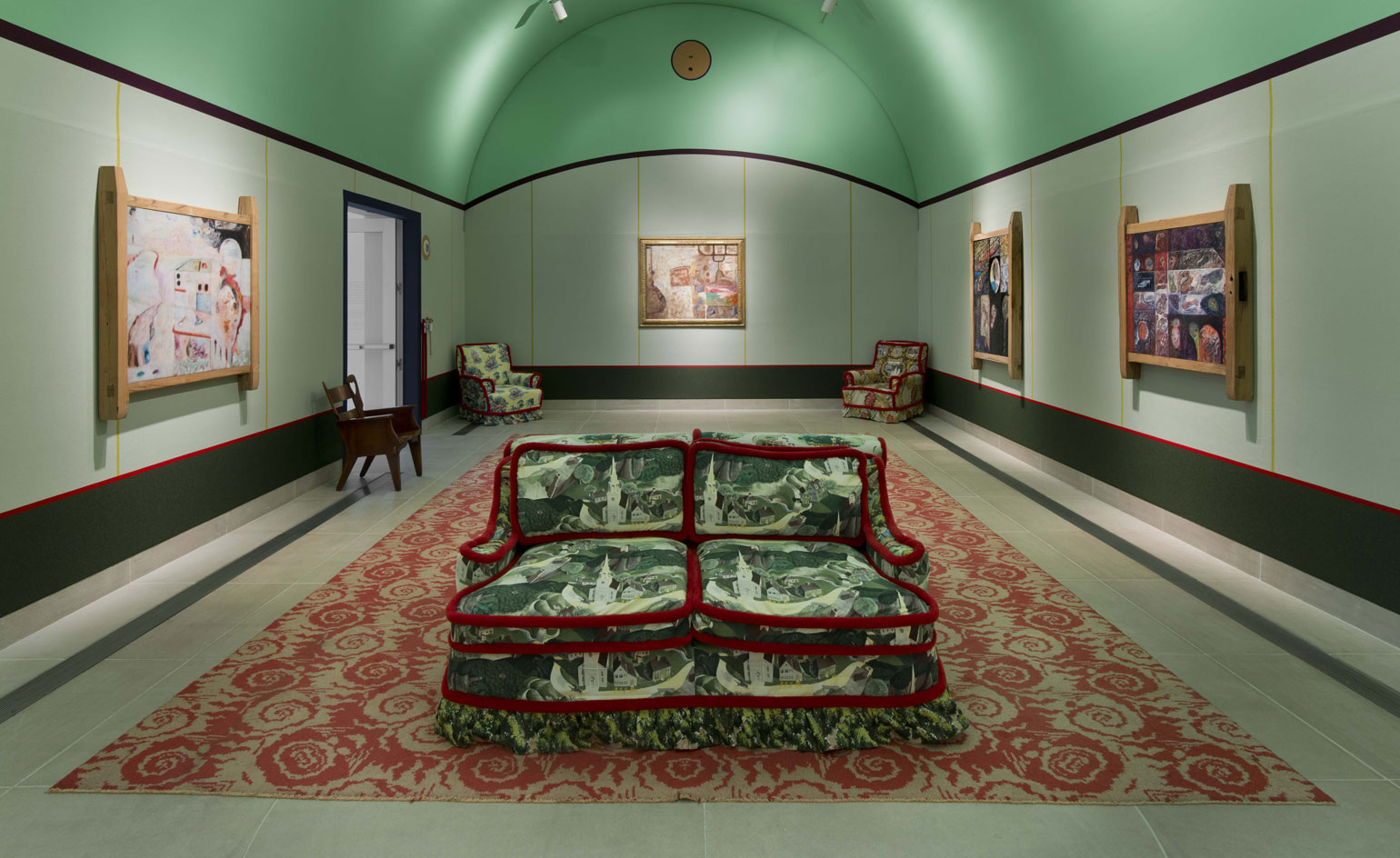
The exhibition's six large, colourful and strikingly framed works flicker between abstraction and figuration.
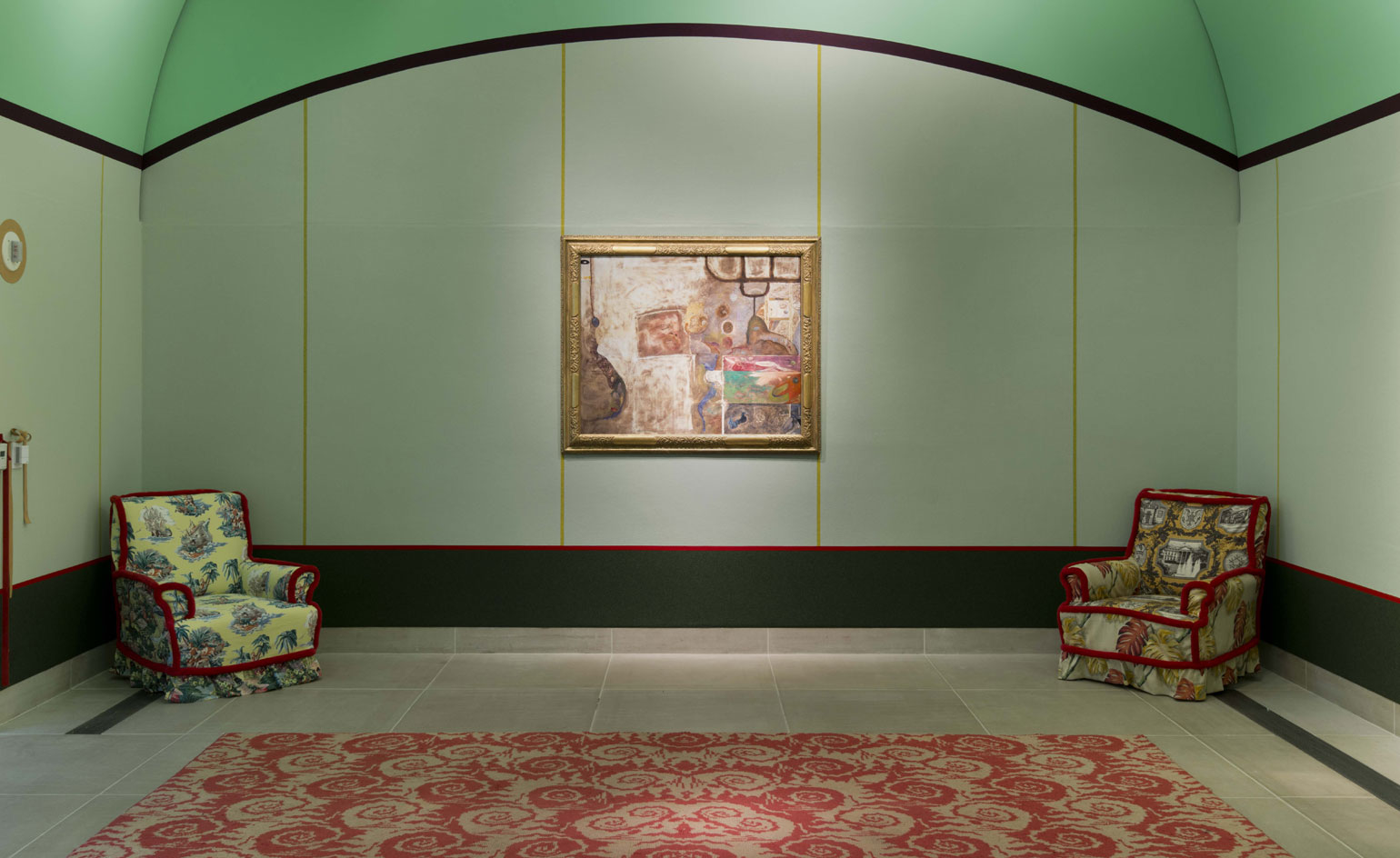
The pieces are painted on marble or slate rather than canvas.
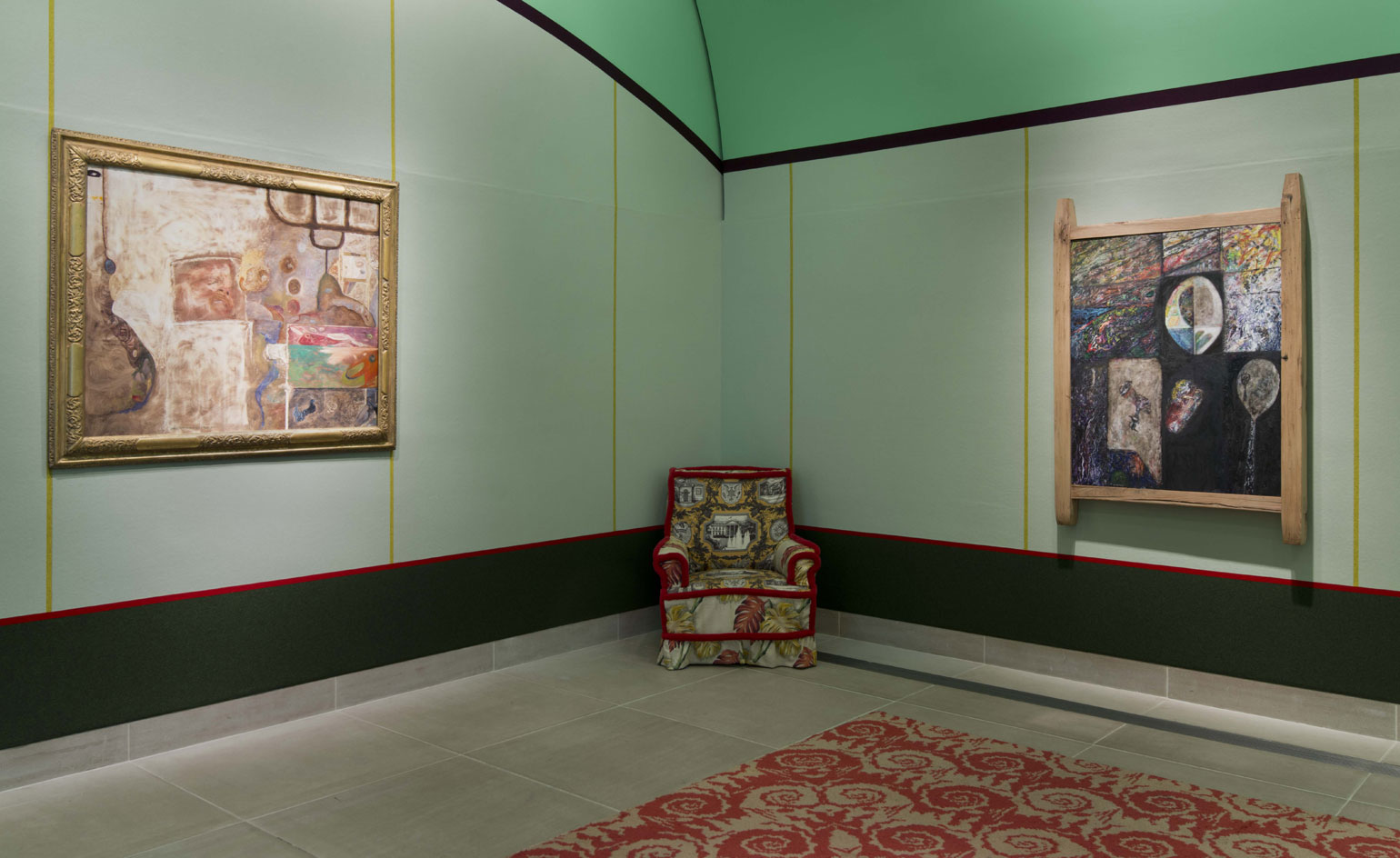
The sofa and two armchairs with red piping come from the New York-based artist's own home and reflect his richly textured world.
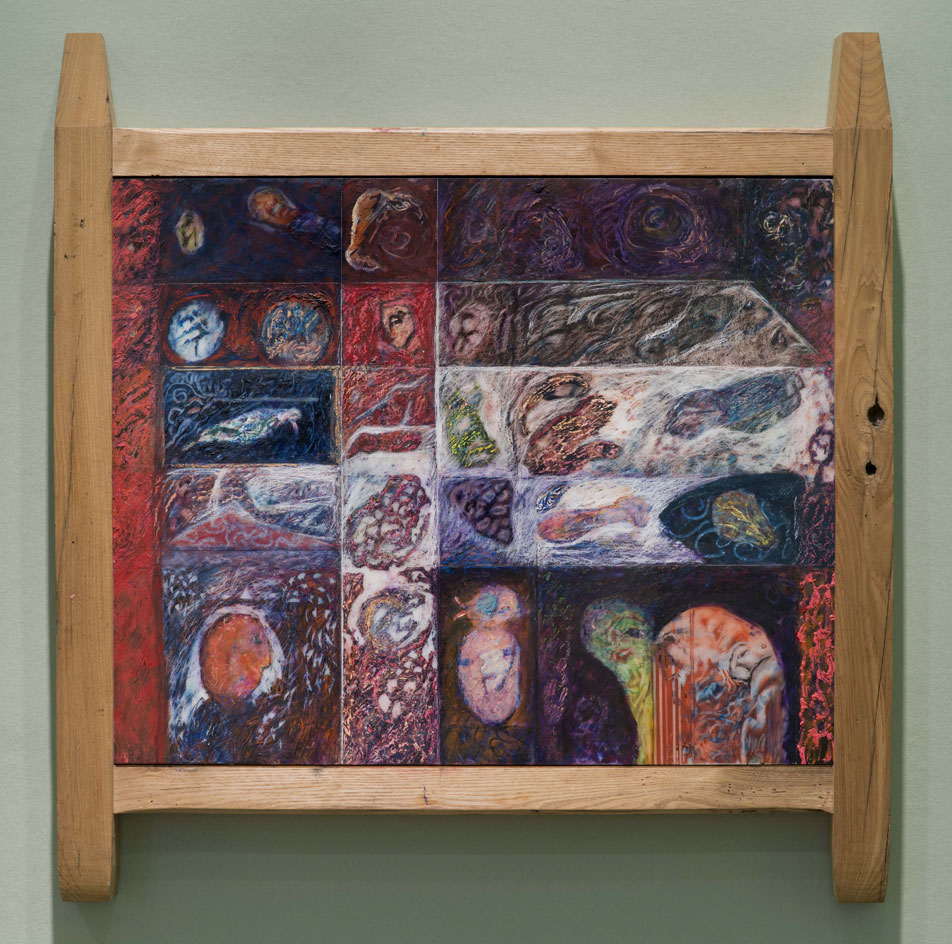
His compositions are achieved with thin layers of paint that are etched to reveal traces of the rocky slabs beneath. Pictured: Carl Skoggard, 2011. Courtesy of the artist
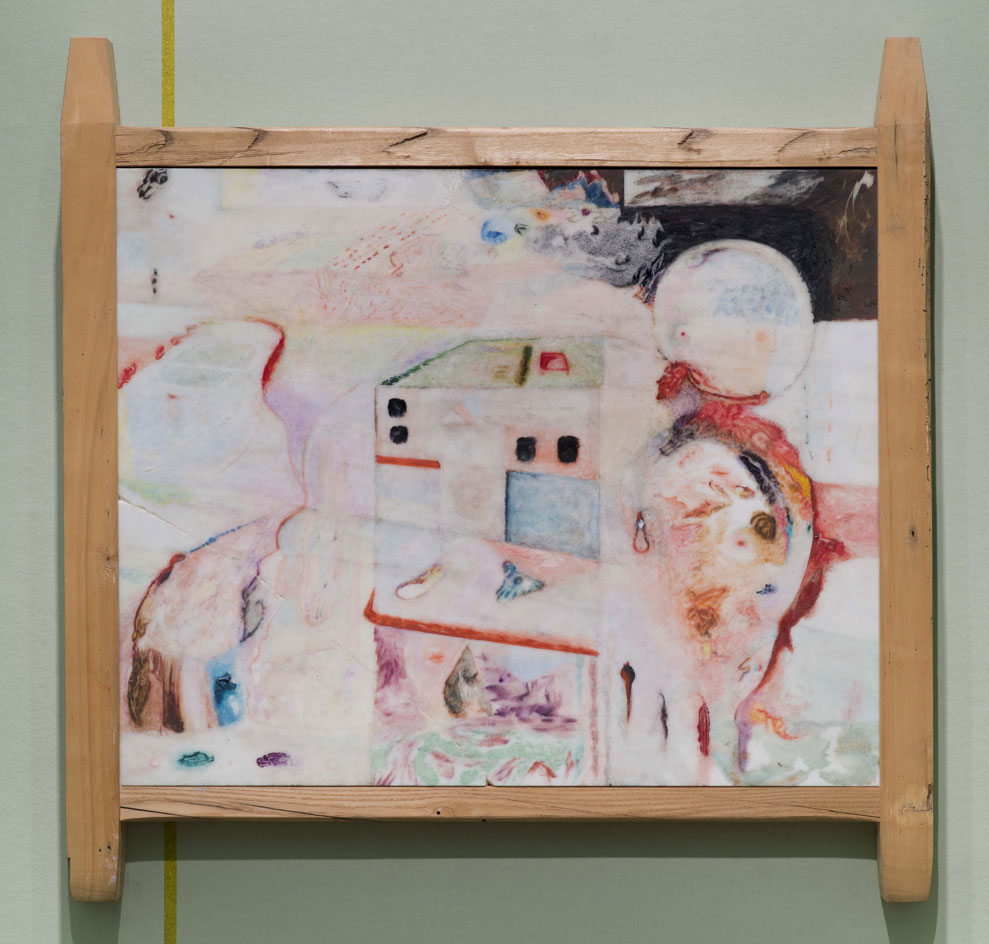
These simultaneously fuse with their luminous substrates and float above them, evoking crayoned wax resists. Pictured: Jane Austen, November 1815, 2007. Courtesy of the artist
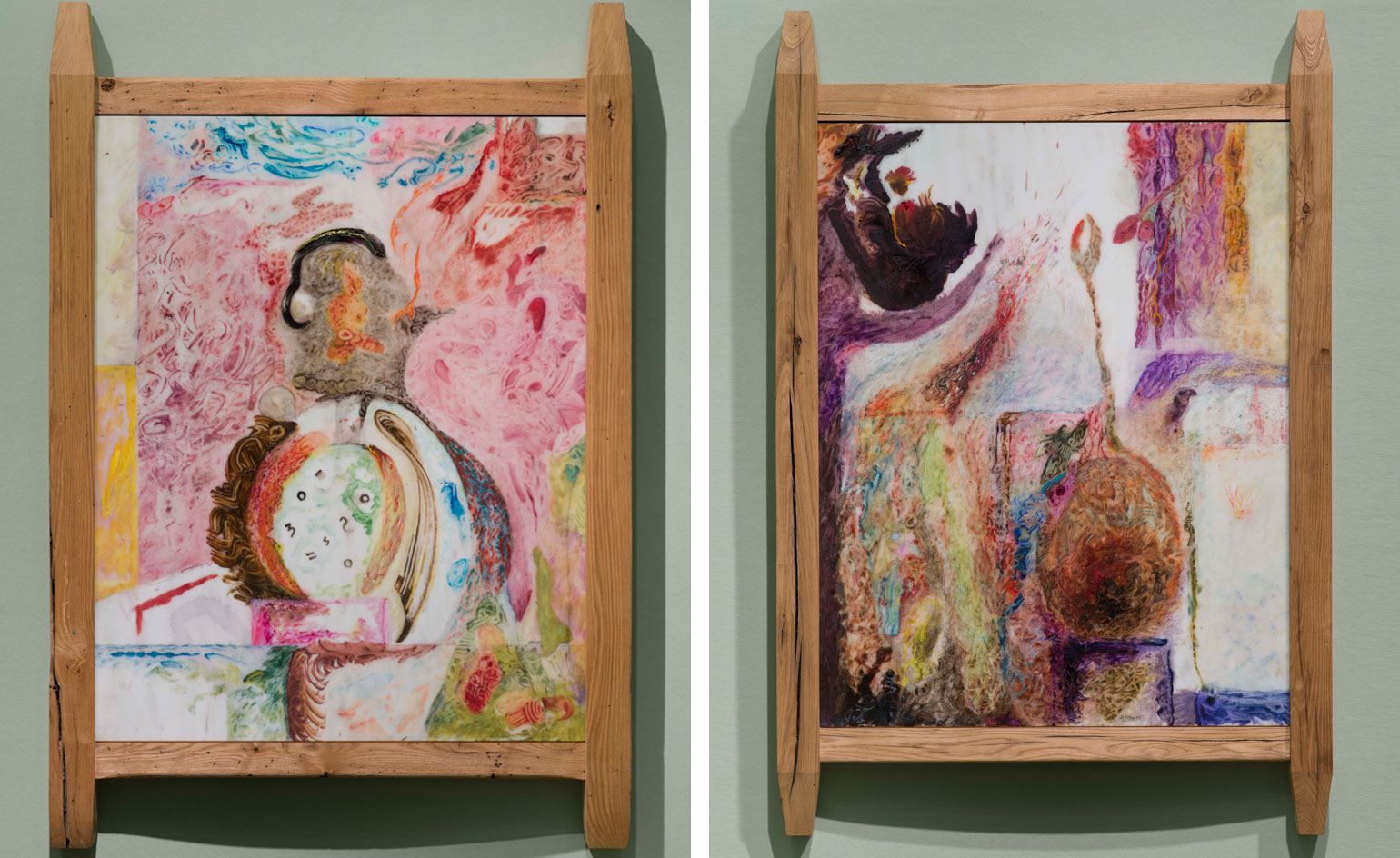
Left: Mary Todd Lincoln, 1880, 2007. Right: Balbec Springtime, 2007. Courtesy of the artist
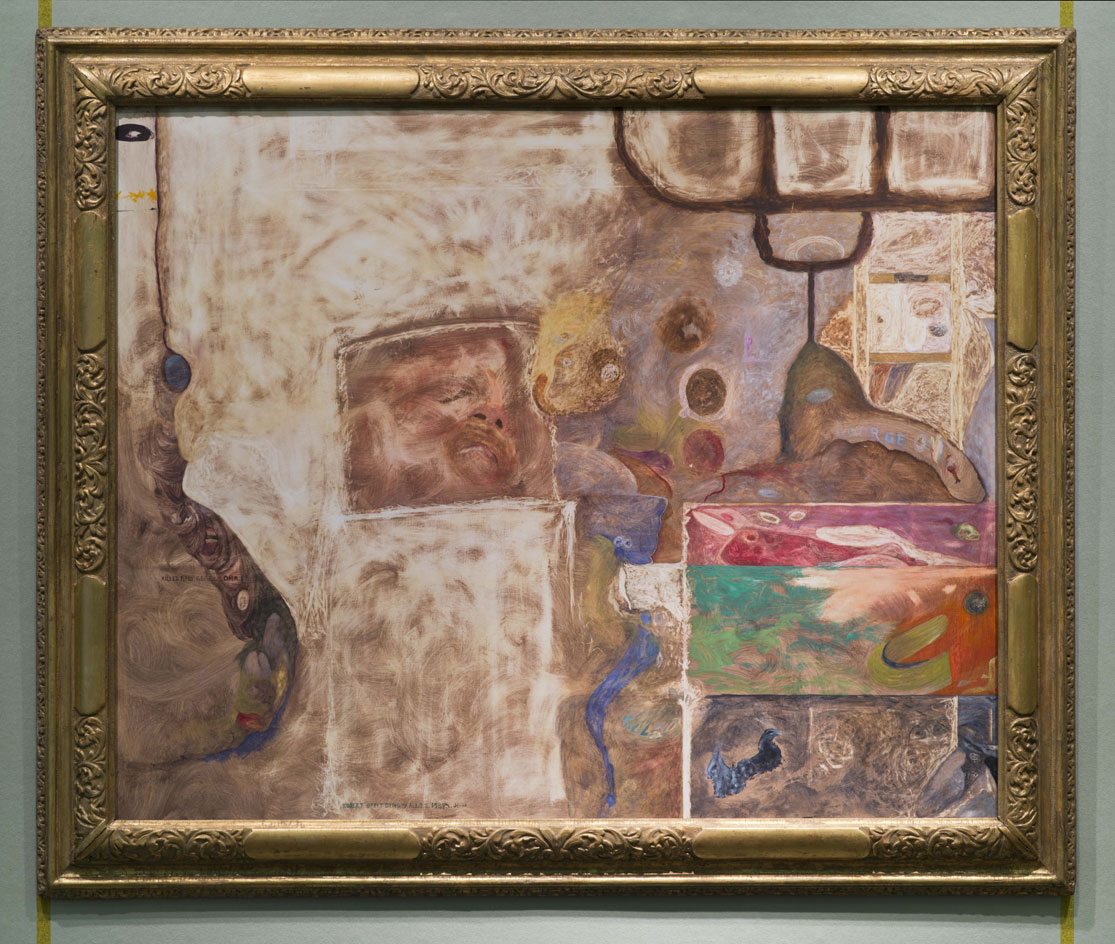
Robert Offit Dying with AIDS, 1989, 2006. Courtesy of the artist
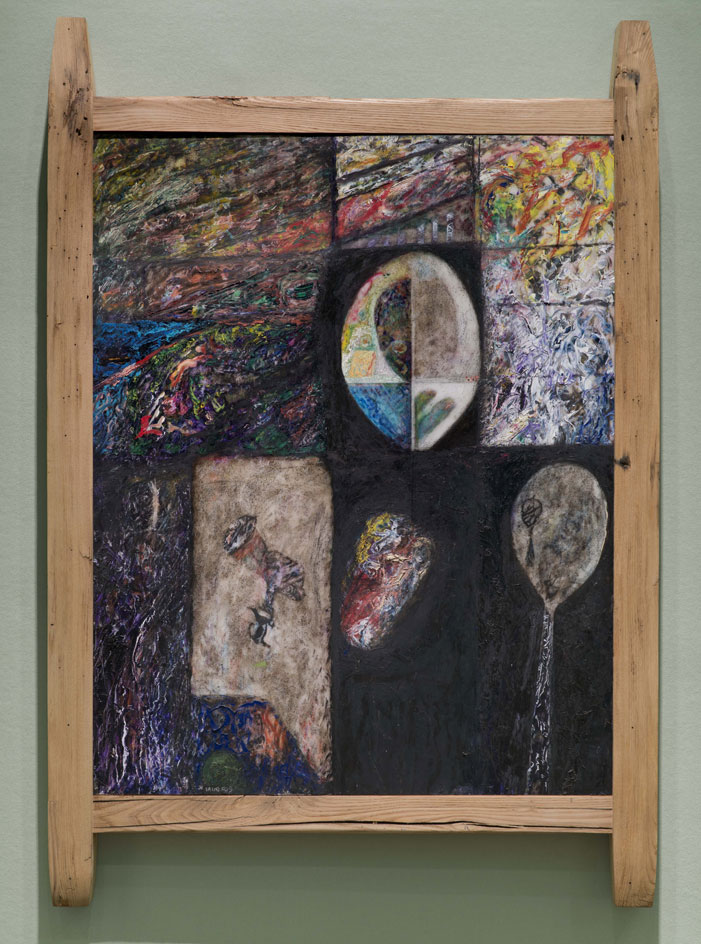
'Hammer projects: Joseph Holtzman' is on show until 20 September. Pictured: Frieda Holtzman, with the Phases of the Moon, 2007. Courtesy of the artist
ADDRESS
Hammer Museum
10899 Wilshire Blvd
Los Angeles, CA 90024
Wallpaper* Newsletter
Receive our daily digest of inspiration, escapism and design stories from around the world direct to your inbox.
Stephanie Murg is a writer and editor based in New York who has contributed to Wallpaper* since 2011. She is the co-author of Pradasphere (Abrams Books), and her writing about art, architecture, and other forms of material culture has also appeared in publications such as Flash Art, ARTnews, Vogue Italia, Smithsonian, Metropolis, and The Architect’s Newspaper. A graduate of Harvard, Stephanie has lectured on the history of art and design at institutions including New York’s School of Visual Arts and the Institute of Contemporary Art in Boston.
-
 All-In is the Paris-based label making full-force fashion for main character dressing
All-In is the Paris-based label making full-force fashion for main character dressingPart of our monthly Uprising series, Wallpaper* meets Benjamin Barron and Bror August Vestbø of All-In, the LVMH Prize-nominated label which bases its collections on a riotous cast of characters – real and imagined
By Orla Brennan
-
 Maserati joins forces with Giorgetti for a turbo-charged relationship
Maserati joins forces with Giorgetti for a turbo-charged relationshipAnnouncing their marriage during Milan Design Week, the brands unveiled a collection, a car and a long term commitment
By Hugo Macdonald
-
 Through an innovative new training program, Poltrona Frau aims to safeguard Italian craft
Through an innovative new training program, Poltrona Frau aims to safeguard Italian craftThe heritage furniture manufacturer is training a new generation of leather artisans
By Cristina Kiran Piotti
-
 Leonard Baby's paintings reflect on his fundamentalist upbringing, a decade after he left the church
Leonard Baby's paintings reflect on his fundamentalist upbringing, a decade after he left the churchThe American artist considers depression and the suppressed queerness of his childhood in a series of intensely personal paintings, on show at Half Gallery, New York
By Orla Brennan
-
 Desert X 2025 review: a new American dream grows in the Coachella Valley
Desert X 2025 review: a new American dream grows in the Coachella ValleyWill Jennings reports from the epic California art festival. Here are the highlights
By Will Jennings
-
 In ‘The Last Showgirl’, nostalgia is a drug like any other
In ‘The Last Showgirl’, nostalgia is a drug like any otherGia Coppola takes us to Las Vegas after the party has ended in new film starring Pamela Anderson, The Last Showgirl
By Billie Walker
-
 ‘American Photography’: centuries-spanning show reveals timely truths
‘American Photography’: centuries-spanning show reveals timely truthsAt the Rijksmuseum in Amsterdam, Europe’s first major survey of American photography reveals the contradictions and complexities that have long defined this world superpower
By Daisy Woodward
-
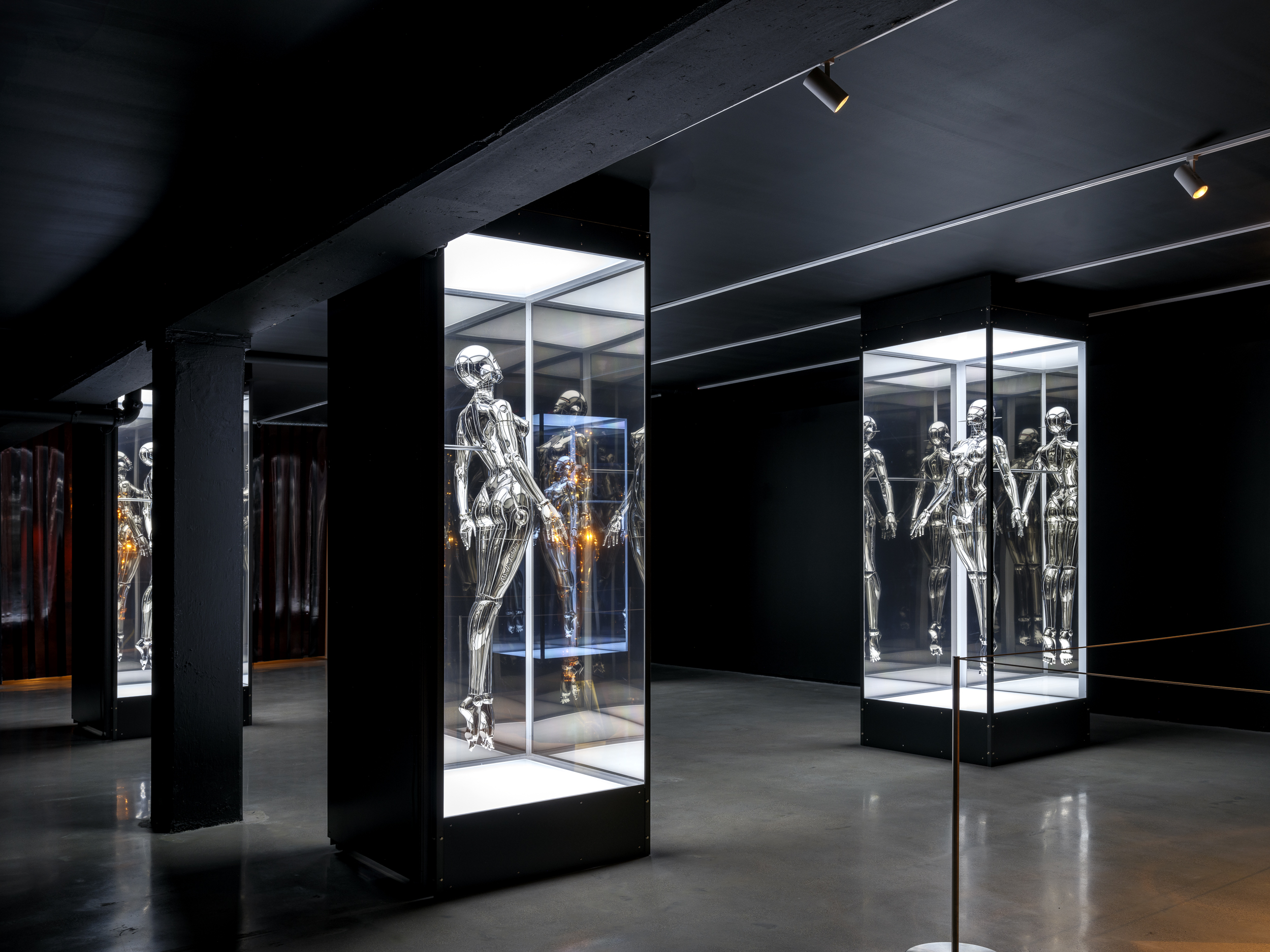 Miami’s new Museum of Sex is a beacon of open discourse
Miami’s new Museum of Sex is a beacon of open discourseThe Miami outpost of the cult New York destination opened last year, and continues its legacy of presenting and celebrating human sexuality
By Anna Solomon
-
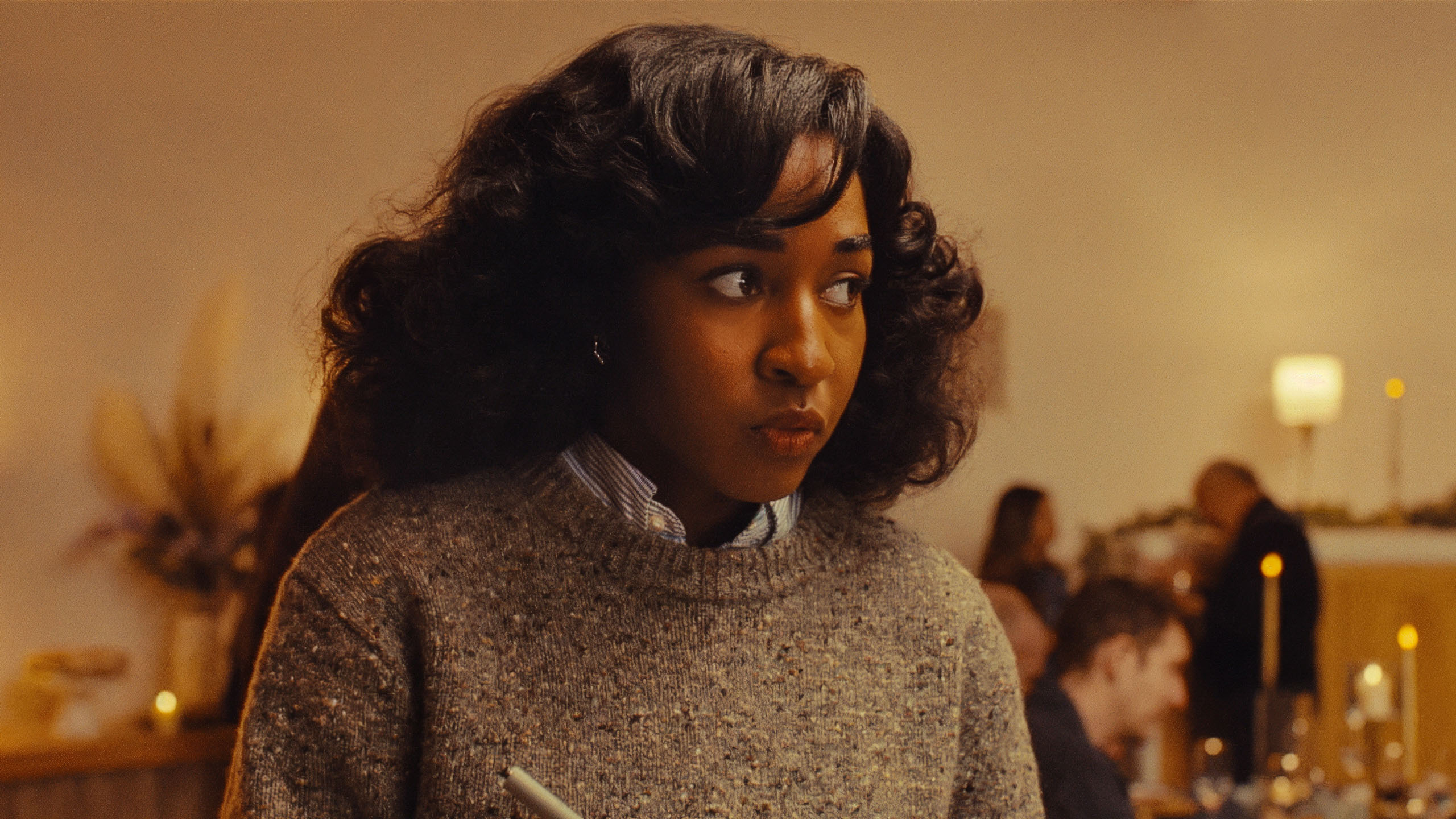 Sundance Film Festival 2025: The films we can't wait to watch
Sundance Film Festival 2025: The films we can't wait to watchSundance Film Festival, which runs 23 January - 2 February, has long been considered a hub of cinematic innovation. These are the ones to watch from this year’s premieres
By Stefania Sarrubba
-
 What is RedNote? Inside the social media app drawing American users ahead of the US TikTok ban
What is RedNote? Inside the social media app drawing American users ahead of the US TikTok banDownloads of the Chinese-owned platform have spiked as US users look for an alternative to TikTok, which faces a ban on national security grounds. What is Rednote, and what are the implications of its ascent?
By Anna Solomon
-
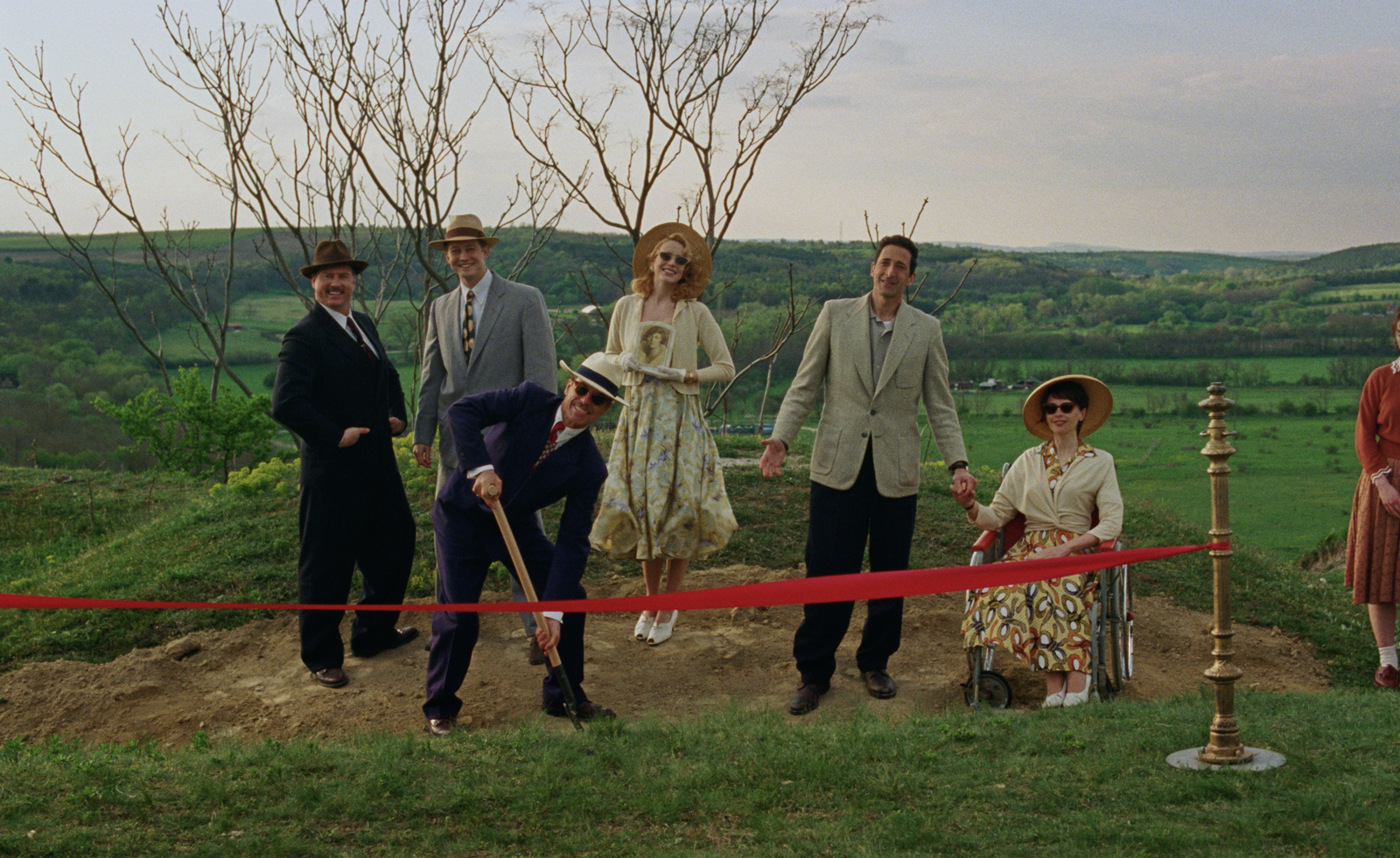 Architecture and the new world: The Brutalist reframes the American dream
Architecture and the new world: The Brutalist reframes the American dreamBrady Corbet’s third feature film, The Brutalist, demonstrates how violence is a building block for ideology
By Billie Walker